glossy ibis in Somerset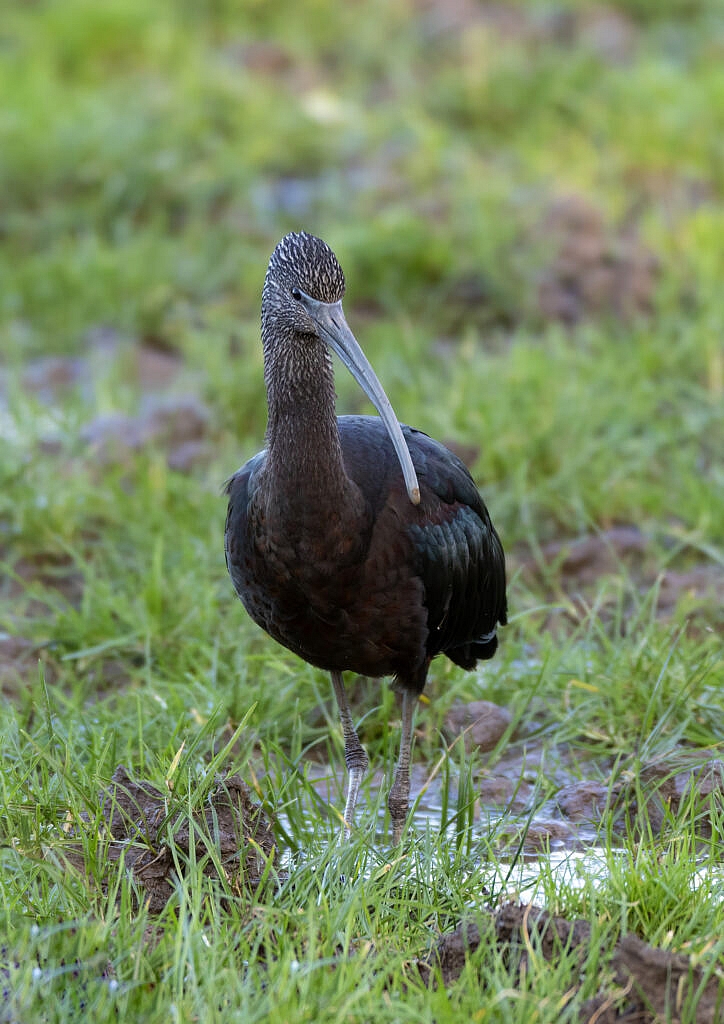
Glossy Ibis
The glossy Ibis is another bird that seems to be travelling faster than headline writers and website producers do. It’s undoubtedly a rarity on these shores, a bird more normally associated with Africa than dreary old England. In fact the bird can be seen on every continent except Antarctica, but we tend to think of it (as I’ve seen it) clustered around lakes in the subtropical regions.
Yet here was a glossy ibis, comfortably probing the mud in a field outside the Wildfowl and Wetlands Trust’s Slimbridge reserve, ignoring the clicking of cameras from a respectful semicircle of bird watchers. Roughly heron-sized but with its body held horizontally, it’s a distant relative of the pelican and spoonbill. It looks like a feathered rugby ball sitting on long stilt legs with a sock-puppet head and neck, topped by a long, curving bill that is at least the length of its own neck. But it’s the feathers that draw the eye. In dull light or at the wrong angle, it’s a dull, dark brown bird. But catch the light at the right angle, and that’s when the magic happens, as a wave of iridescent dark green flashed with purple will run across its flanks. Catch it in sunlight, and it will blaze at you like oil on water, or green chiffon overlaid on purple silk.
And yet later the same day, after I had travelled further south to the Somerset levels, I watched the sun setting on another glossy ibis, probing the mud fifty miles south of its colleague. And later that day I read about a group of six seen together near the south coast. The ibis seems to be one of those new birds that are finding out globally-warmed winters more hospitable. We already have green parakeets spreading as far north as Yorkshire and I can’t help but wonder what’s next? A toucan, maybe?
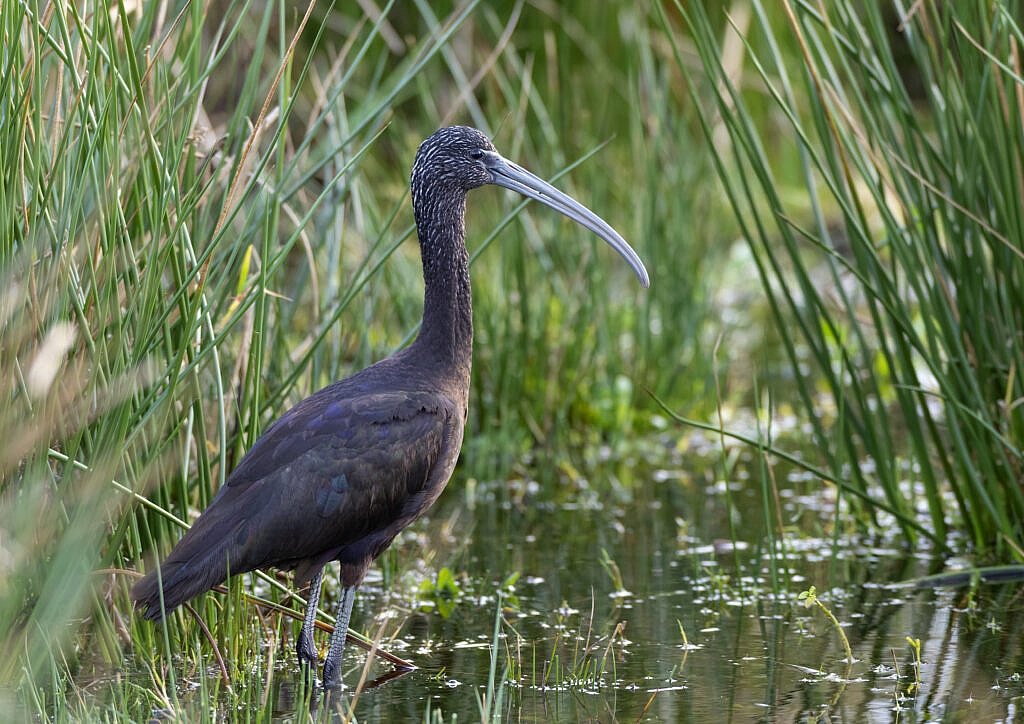

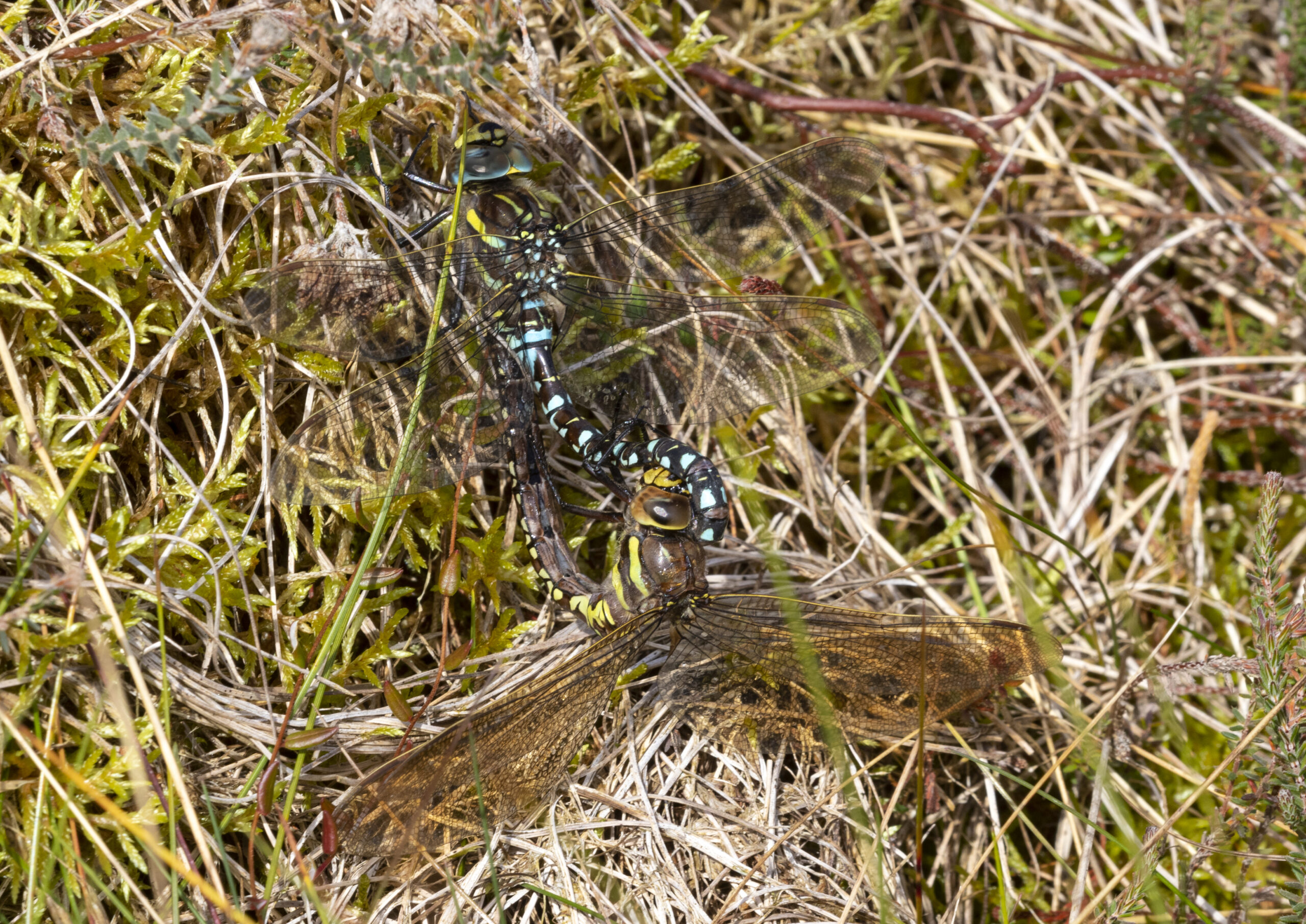
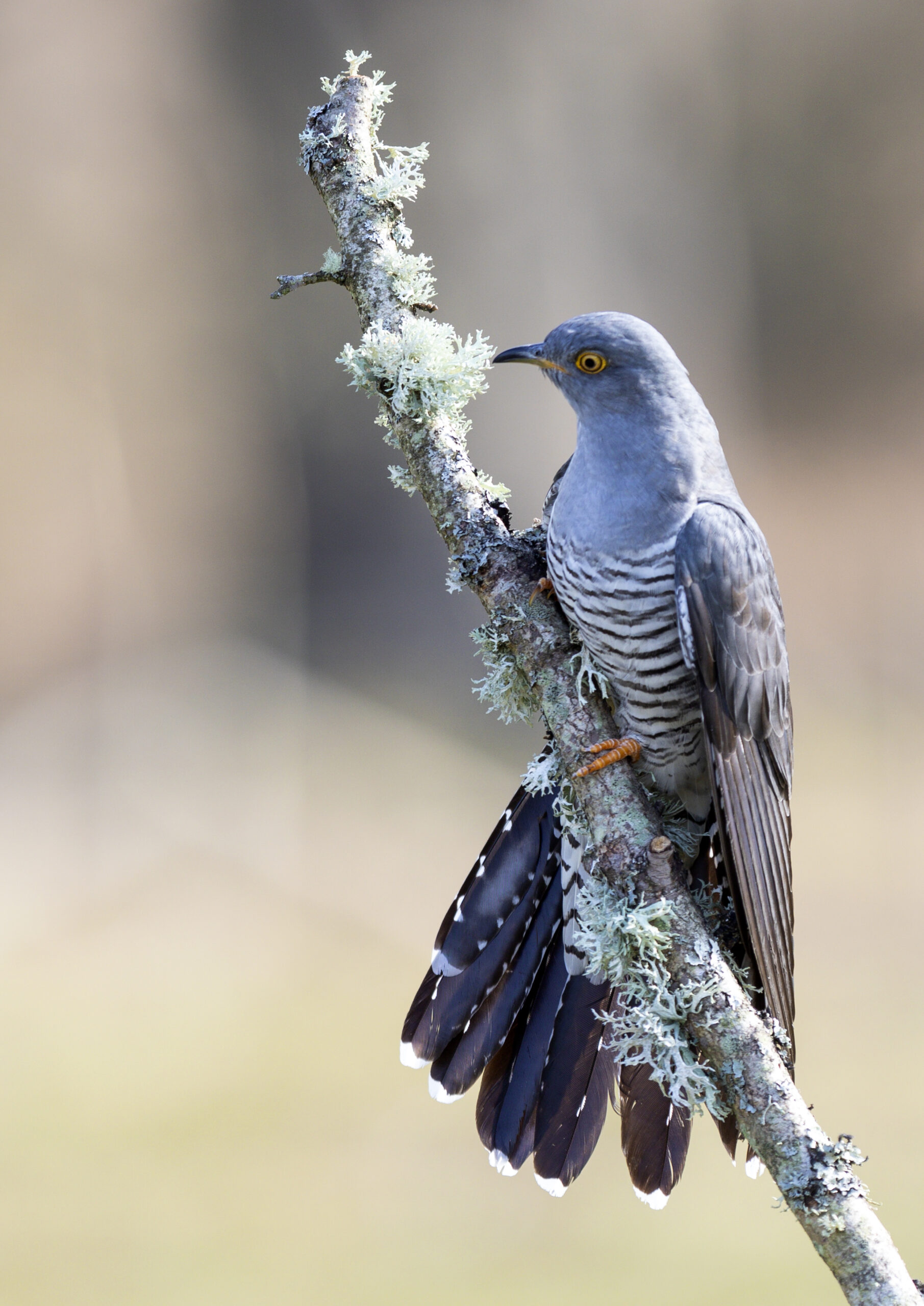
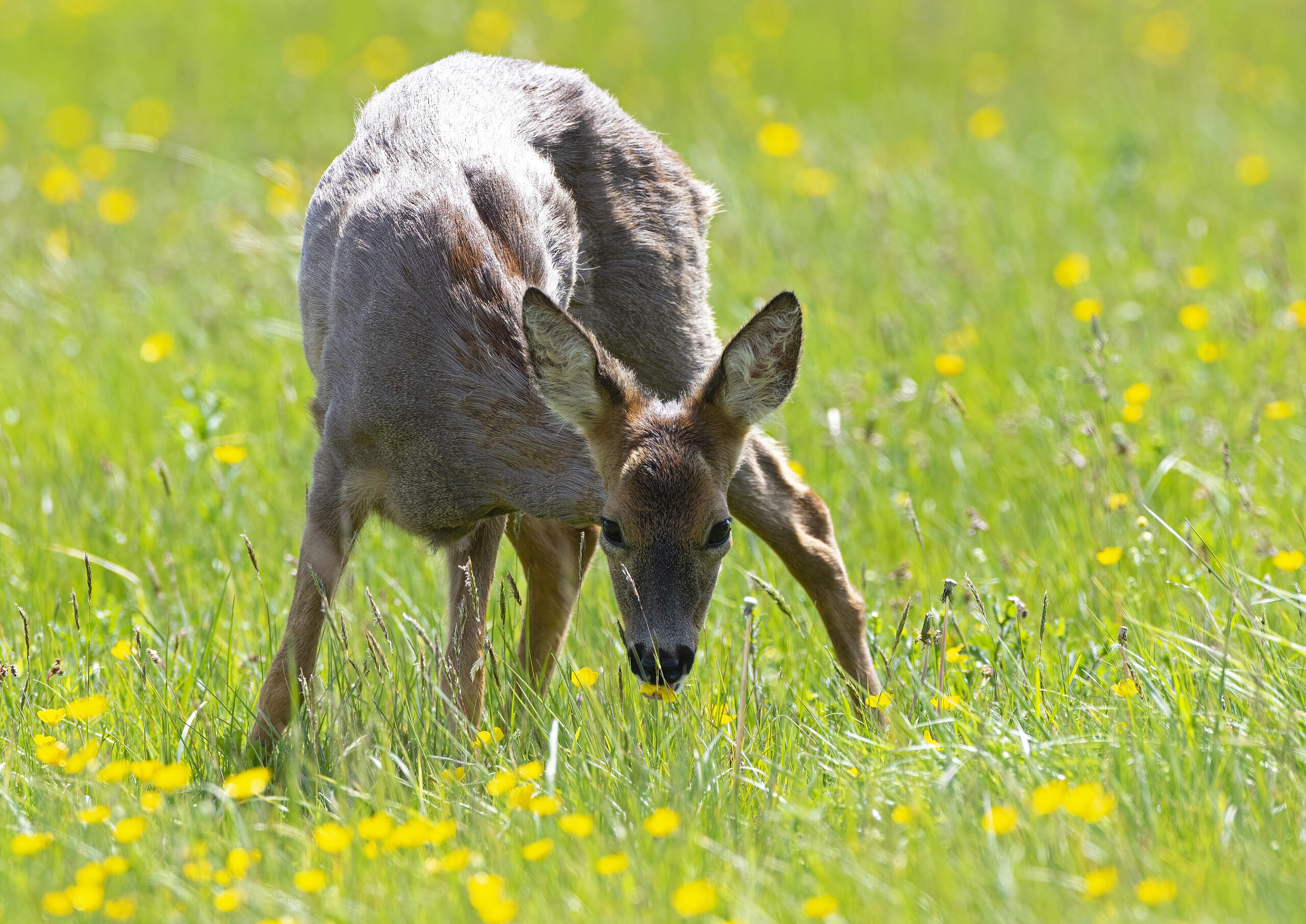



Social Profiles